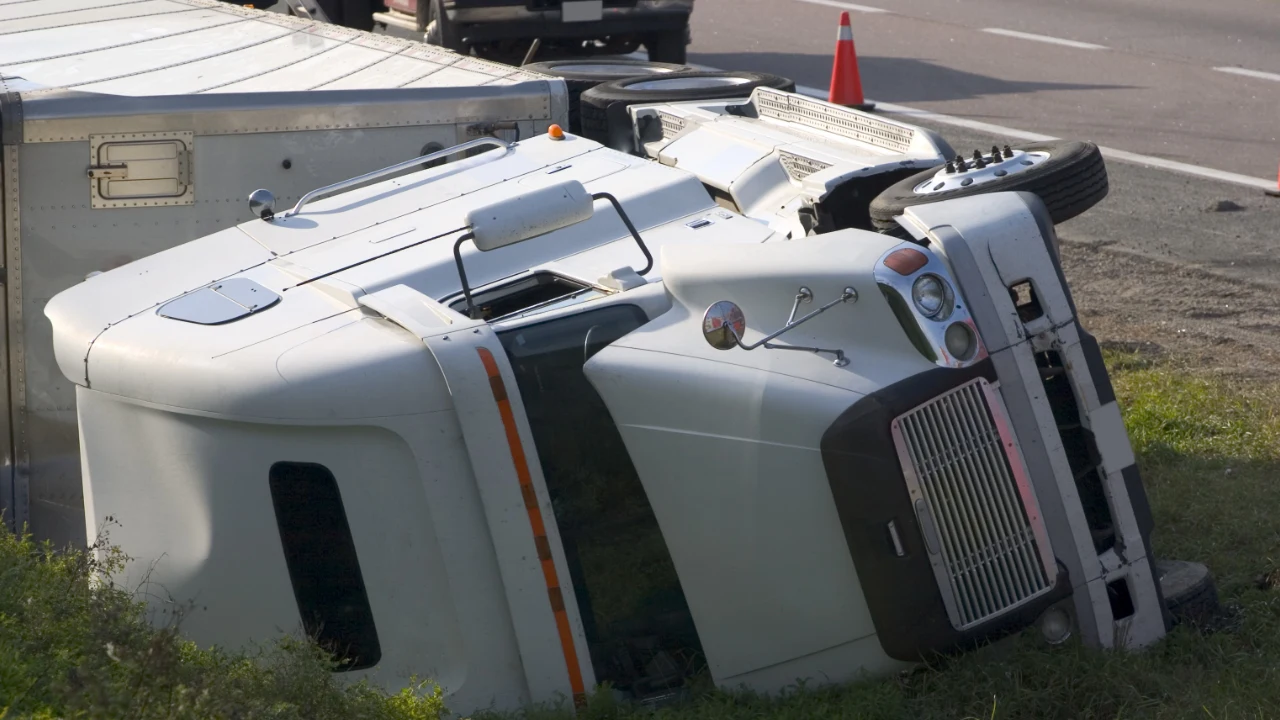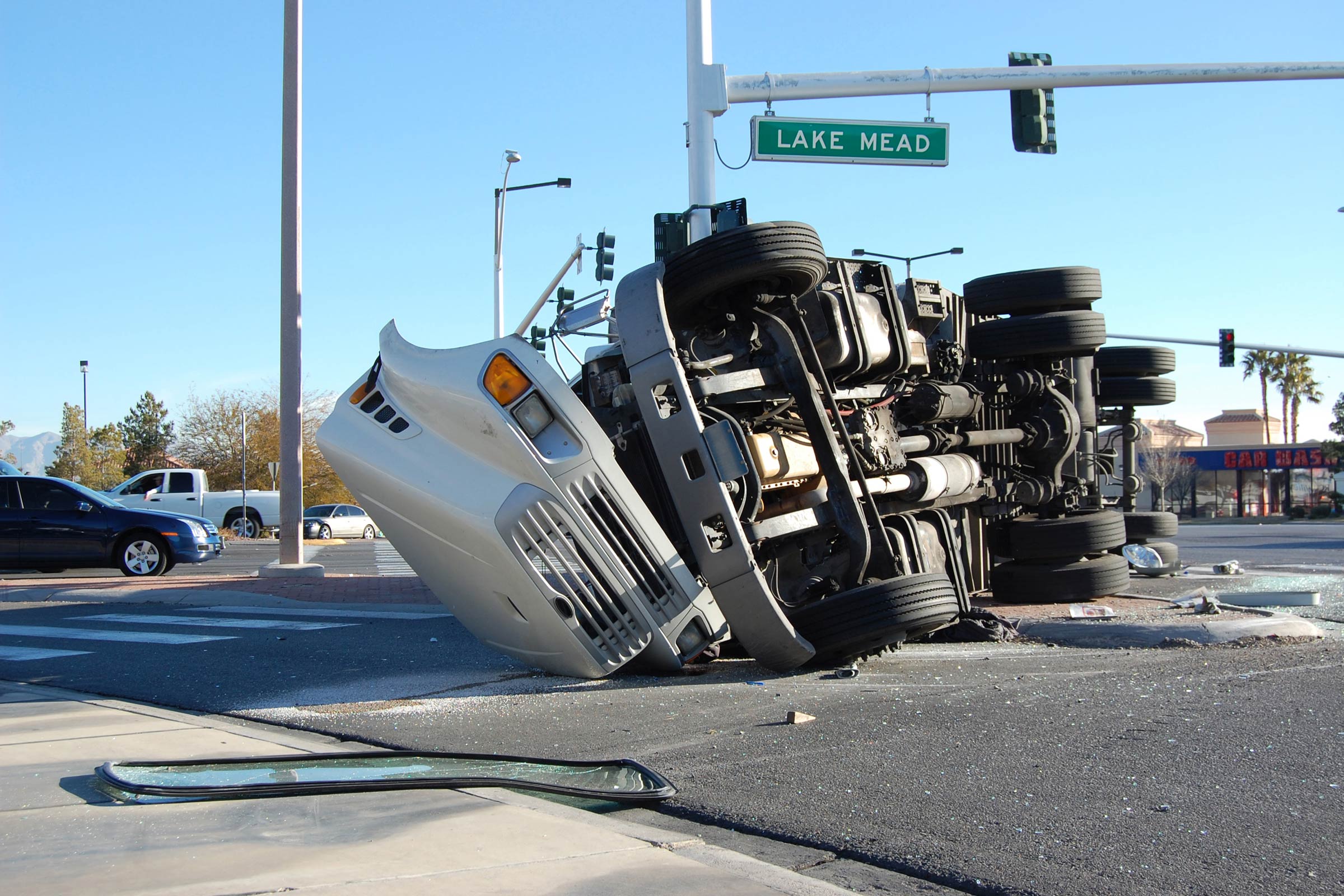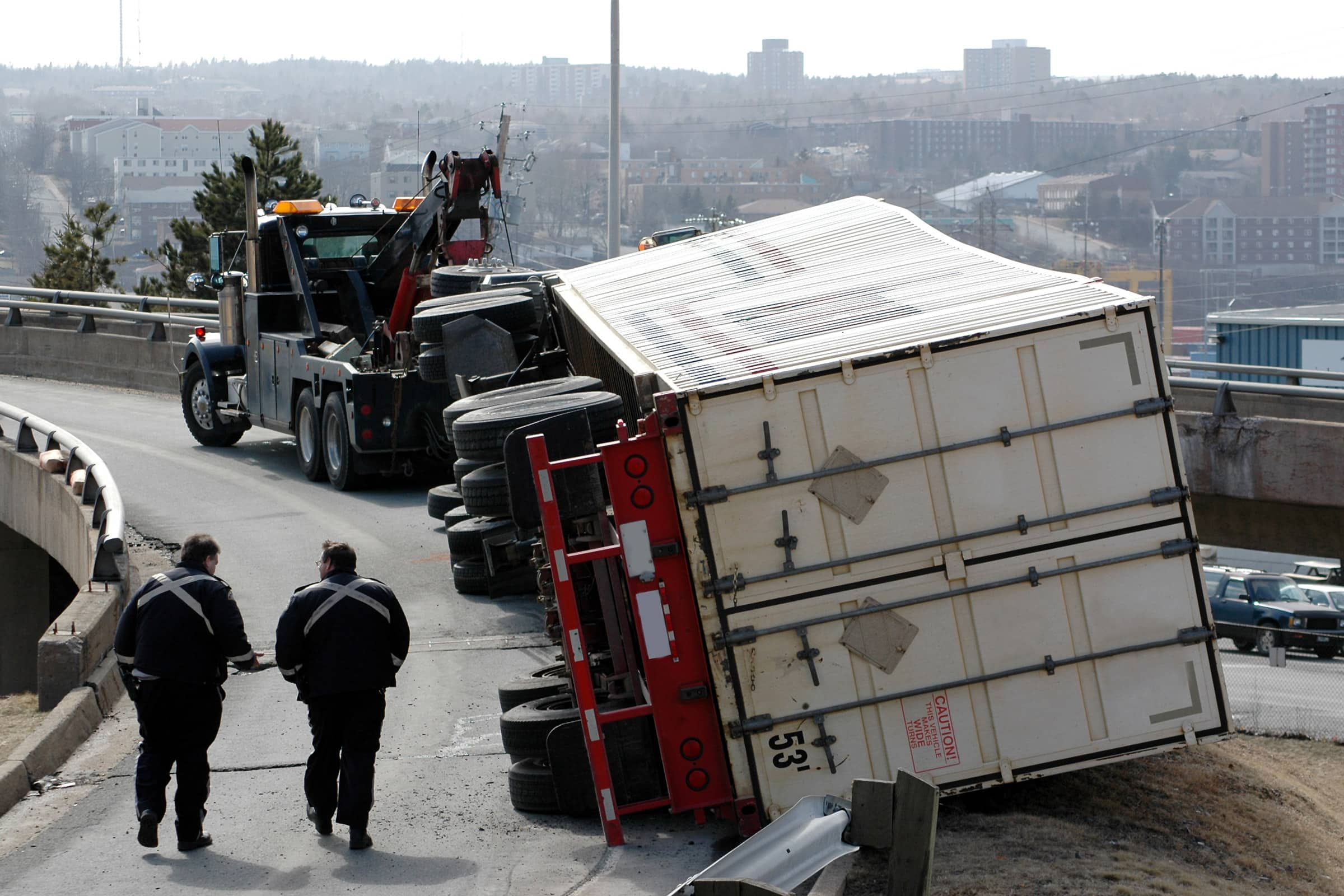Five Proactive Ways to Prevent Vehicle Accidents
Vehicle accidents represent one of the most significant loss exposures facing motor carriers. Even...

Great West |
Vehicle accidents represent one of the most significant loss exposures facing motor carriers. Even...

Great West |
Every truck driver has a pattern to the way he or she drives. These...

Great West |
One core mission of trucking industry professionals is to reduce crashes. In order to properly...

Great West |
Distracted driving is any activity (including fatigue and illness) that diverts your attention away...

Great West |
Situational...

Great West |
With the advent of more and more technologies competing for our attention, it is becoming more...

Great West |
Distractions are a high-risk exposure that...

Great West |
Lane change crashes may be prevented if drivers recognize the hazards that...

Great West |
Preventing large truck crashes has been and always will be a topic of discussion motor carriers...

Great West |
Hitting stationary objects are preventable crashes. The key to preventing such...

Great West |
Fault and preventability are two terms motor carriers often confuse. The process of...

Great West |
Critical crashes typically result in severe losses and can be catastrophic for...